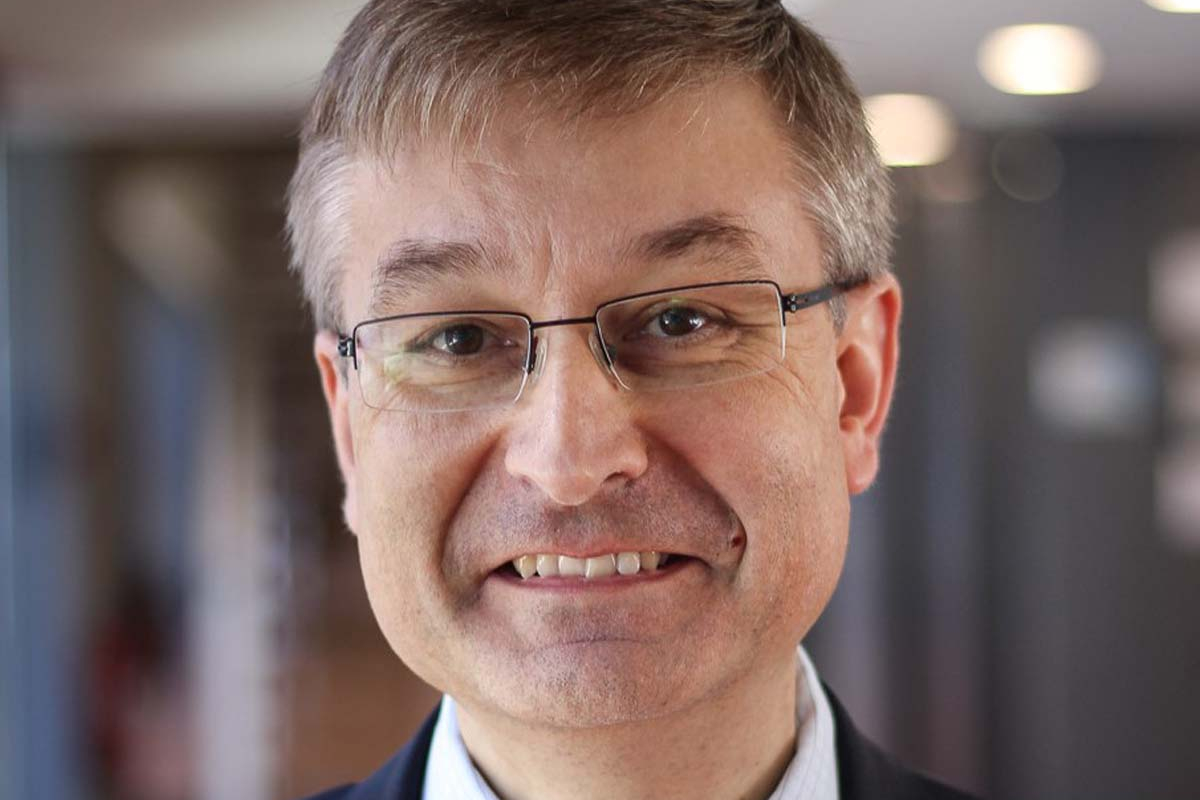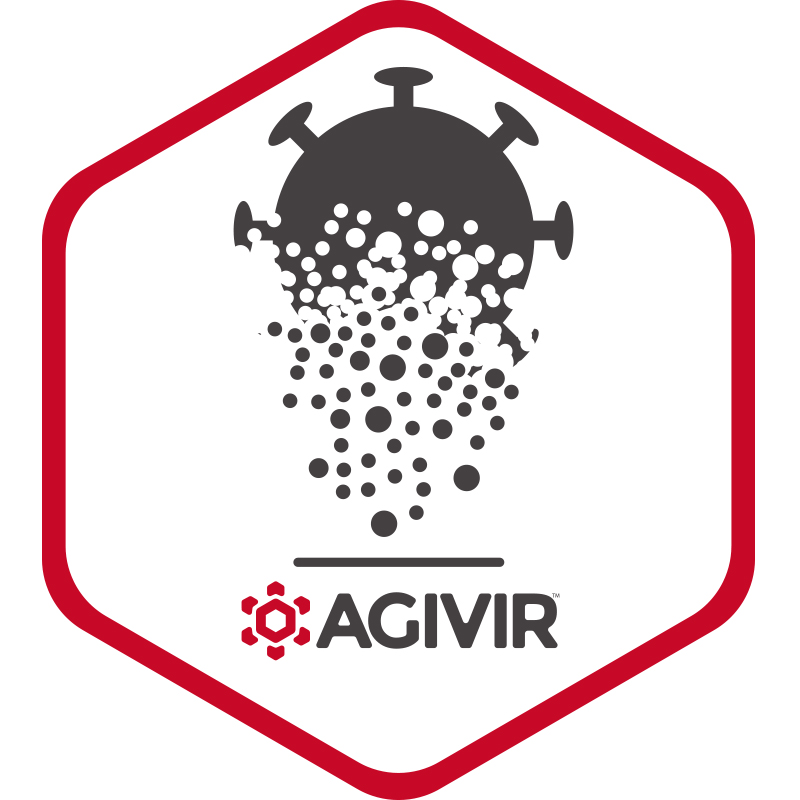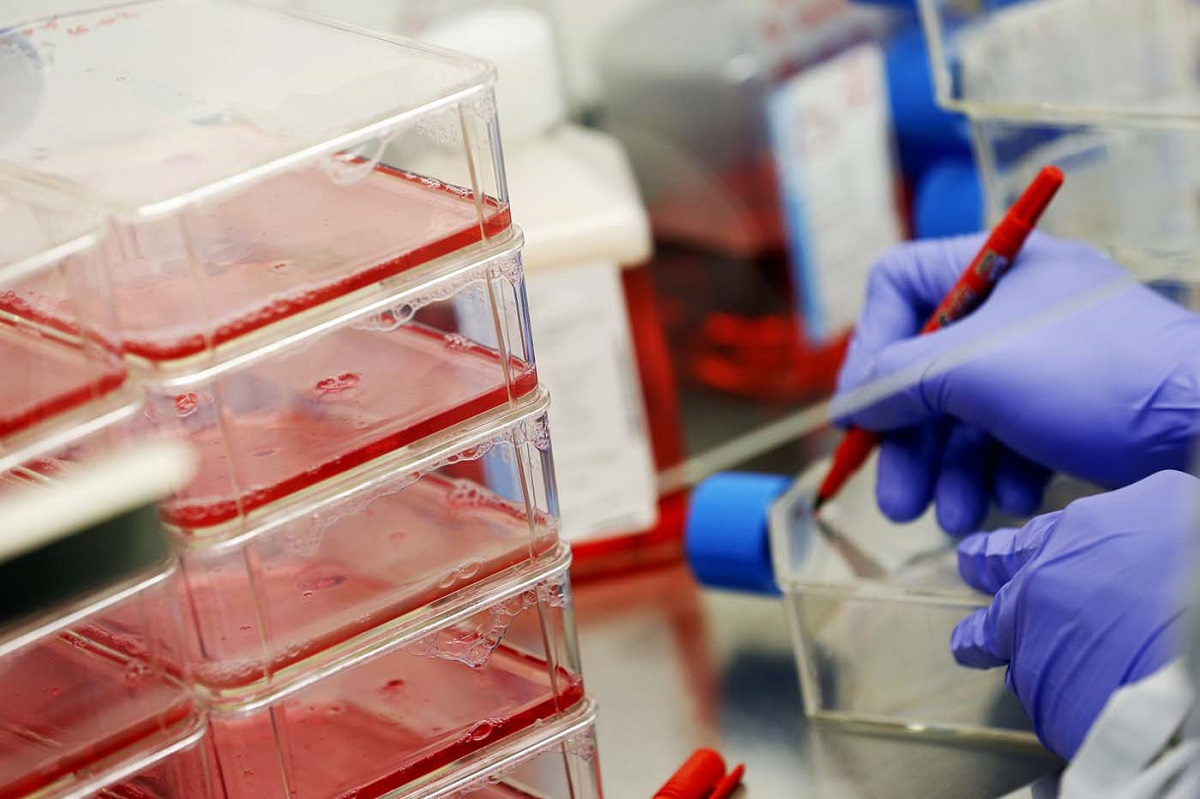Our General Research and Development Director talks about AGIVIR


Our R&D teams have focused on developing this innovative solution in record time to meet our customers' current problems. Philippe Espiard, General Research & Development Director with Serge Ferrari, brings you up to date about our AGIVIR innovation.
1. What was the starting point in the development of this new antiviral treatment? At what point were you certain you had developed a really innovative approach?
At Serge Ferrari, we already had a great deal of experience in antibacterial or antifungal composite membranes.
Then, one of my close colleagues, head of the R&D Developer group based at our Swiss site, came up with the idea of an anti-virus membrane.
Based on our considerable experience, we were convinced this would be technically feasible.
Fully aware of this issue's importance, not only for its societal implications but also for the group, it soon became obvious that we had to launch an action plan.
However, we had a dilemma to solve: We needed to be open-minded and scientifically creative to explore the various fields of possibilities, without holding anything back. While also being meticulous and highly effective in meeting the challenge imposed by the pandemic in record time.
We set ourselves a 2 month timeframe, during which a team of ten multi-skilled researchers with complementary expertise worked on this project.
Within that 2 month timeframe, we were able to complete the initial considerations, form our task force and file our patents, after having created the first prototypes and carried out the first tests after only 2 weeks.
The teams' great expertise, commitment, tenacity, curiosity and team spirit, were the keys to our success.
It was very much a question of beating the rhythm as a team, with a certain discipline but also with great flexibility.
2. What are the main challenges you and your teams faced in developing this new product?
The main challenge was time. We had a technically complex subject about which we only knew the broadest outlines. Our dilemma lay in managing the time needed for carrying out experiments and tests, bearing in mind we work at 3 sites, La Tour du Pin in France, Eglisau in Switzerland and the Virhealth laboratory in Lyon.
Flexibility was the key.
We also had to find a competent laboratory during this confinement period to test the coronaviruses on our membranes. The VirHealth laboratory in Lyon was particularly supportive and helped us in our work.
Anticipation was also the key to our success, since the impossibility of travelling and the random delays of sample shipments, led us to work with several hypotheses and different scenarios.
This approach also led to us discovering the unexpected.
3. How were the R&D teams mobilized and, more generally, how did other company departments contribute to this project?
The R&D teams immediately focused on this project. Their members showed a powerful commitment, tenacity, curiosity and team spirit. Their flexibility and capability made it possible to take up this double challenge, from both technical and timeframe standpoints.
Our overall flexibility also galvanised our marketing team members who swiftly understood the interest these innovative applications would generate. We are now fully prepared to meet our customers' needs in these fields.
4. Is the Serge Ferrari group fully prepared to respond to these health challenges?
Serge Ferrari has a long record of supplying its materials in the context of numerous health crises. Our membranes have already been made and used by our customers during recent major health crises such as Ebola, H1N1, SARS, COVID-19 and, more recently, the emergency field military hospital in Mulhouse, France.
5. What are the main lessons to be learnt from laboratory tests? How do you interpret them?
We used an evaluation protocol to demonstrate how the surfaces of our membranes can destroy viruses very quickly to prevent them from spreading the pandemic. The counting method is compliant with ISO 21 702.
We drew on the expertise of the VirHealth laboratory, which used the human coronavirus HCoV-229E to model Covid-19. We expressly chose severe experimental conditions: short contact times and presence of saliva and respiratory mucus to stick as closely as possible to the actual conditions under which our membranes are used.
Thanks to this antiviral technology, the viral load is significantly reduced by up to 95% after a quarter of an hour of contact with the material, and to almost 99.5% after an hour of contact.

6. What are the main benefits this new antiviral technology is expected to provide?
Cette nouvelle technologie antivirale va pouvoir empêcher les membranes de devenir des surfaces de propagation des virus et des bactéries et contribuer ainsi à réduire le risque et la vitesse de contamination.
Ces matériaux vont trouver tout leur intérêt dans des applications où les fréquences de nettoyage sont réduites.
7. How do you view ongoing developments and initiatives (including silver nanoparticles or others) from laboratories and private companies in the textile and chemical fields in response to the Covid-19 crisis? What place do you think Serge Ferrari has in this ecosystem?
Silver-metal has germicidal and bactericidal properties and is already used in the medical environment but also in other fields. Silver nanoparticles help combat the bacteria that cause bad odours, in shoes for example. But more recently, scientific laboratories have become interested in the virucidal properties of silver because bacteria and viruses are different entities.
Investigating the antiviral activity of silver is only at its very beginning. It is these properties that we have identified and used in developing innovative formulations applied to our membranes, offering functionality which has been validated with the VirHealth laboratory. All our expertise has been incorporated into the formulation and implementation on our membranes of the application on an industrial scale, while retaining our membranes' intrinsic properties such as weldability or durability.
At present, except Serge Ferrari Agivir technology, there are no other surface coated textiles with antiviral properties which retain their weldability and resistance to abrasion and washing.
8. What are the prospects for developing new products for membranes in the medical / health sector?
Thanks to this new solution, the Serge Ferrari group will be able to provide antibacterial and antiviral fabrics for a variety of applications. Used in hospitals, Serge Ferrari's virucidal fabrics will allow healthcare professionals to work in a controlled healthcare environment and protect patients more efficiently.
However, the outlook offered by this innovative solution is much broader and its multiple applications extend far beyond the medical world. The virucidal solution developed could be implemented on Serge Ferrari fabrics used in places open to the public such as nursing homes, schools, nurseries or even offices, shops, cultural and leisure environments as well as public transport.
A word about Philippe Espiard
Serge Ferrari Group's Research and Development Director for 2 years, Philippe is passionate about research.
Holding a doctorate in macromolecular materials, he has more than 30 years of experience to draw upon and has registered more than 40 patents.
He has an impressive list of achievements to his credit, recorded in several companies around the world (Dow Chemical, Rhône Poulenc USA, Elf Atochem, Saint Gobain, etc.).
